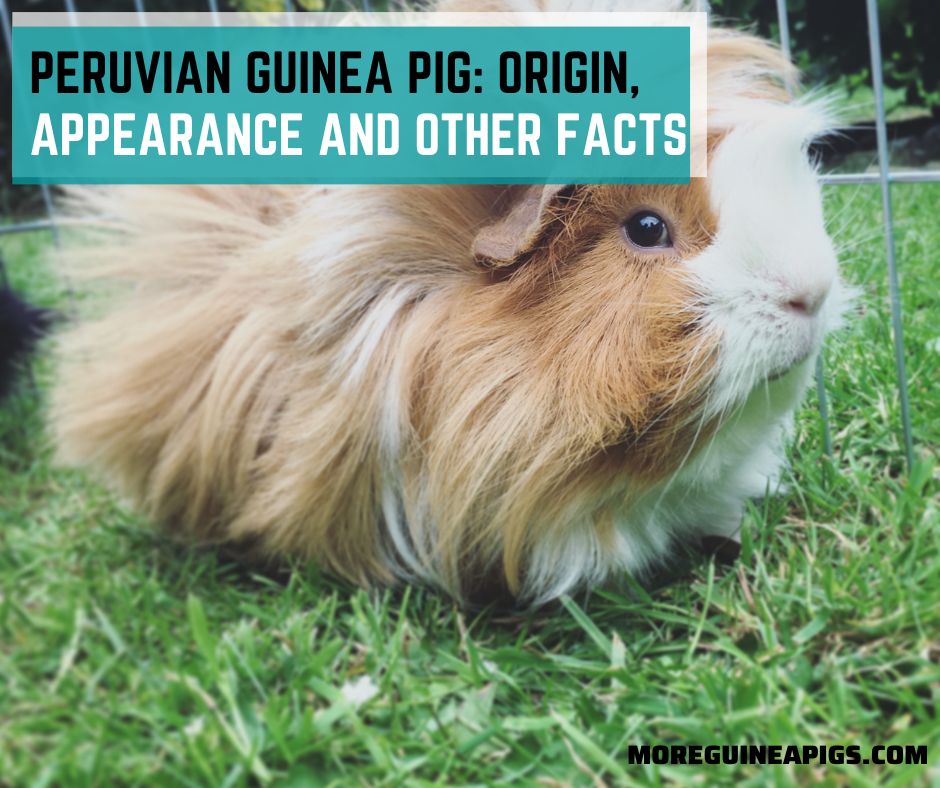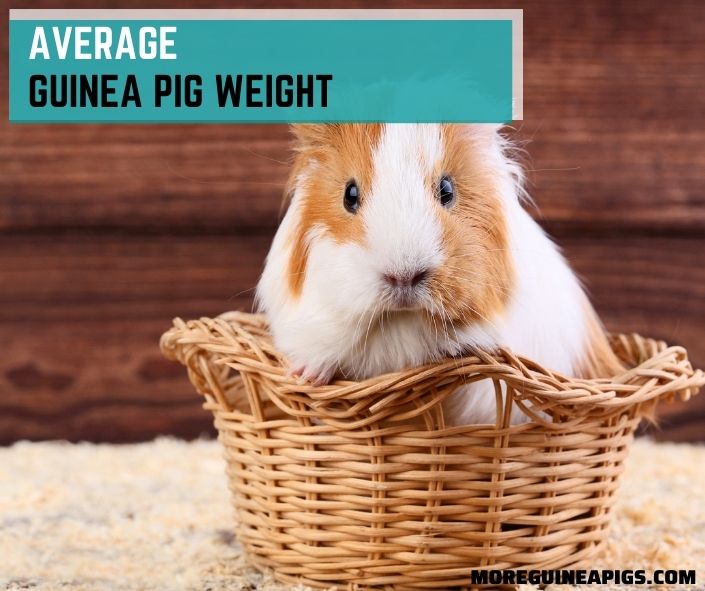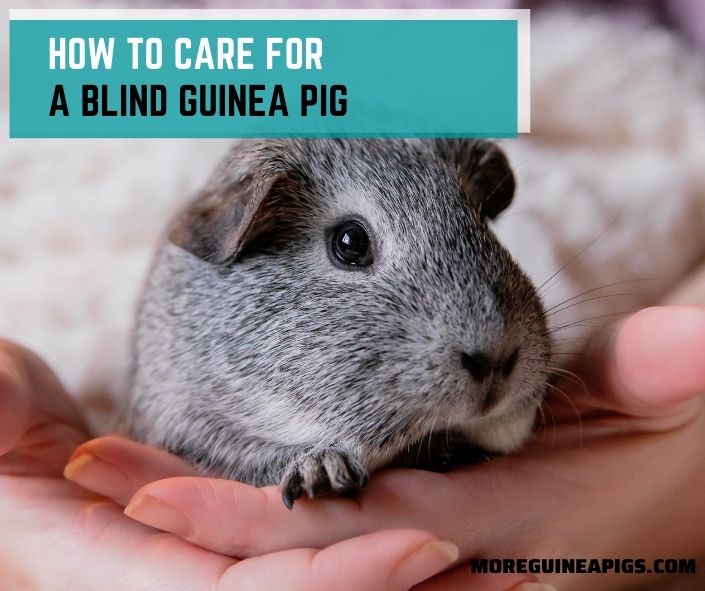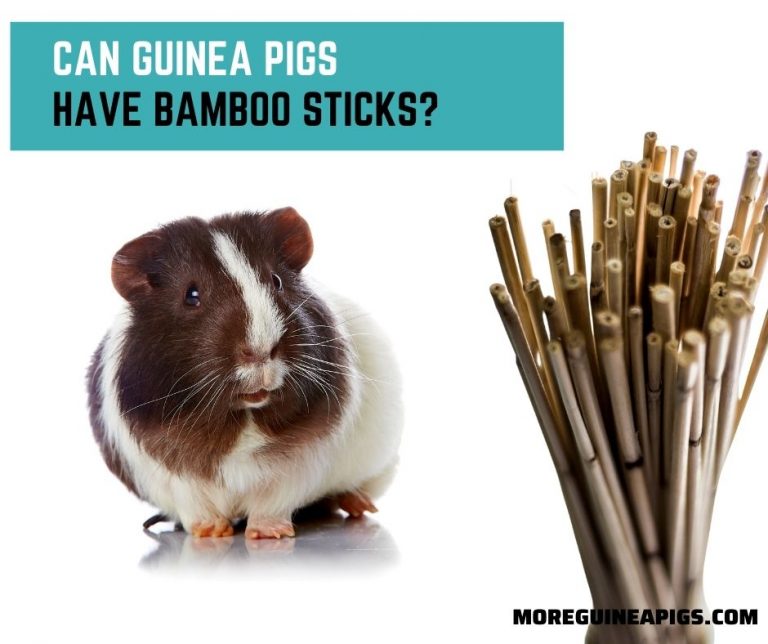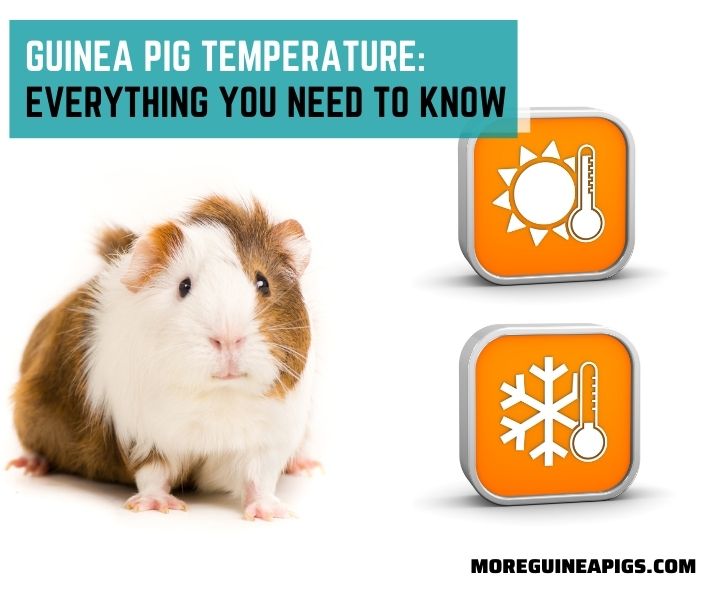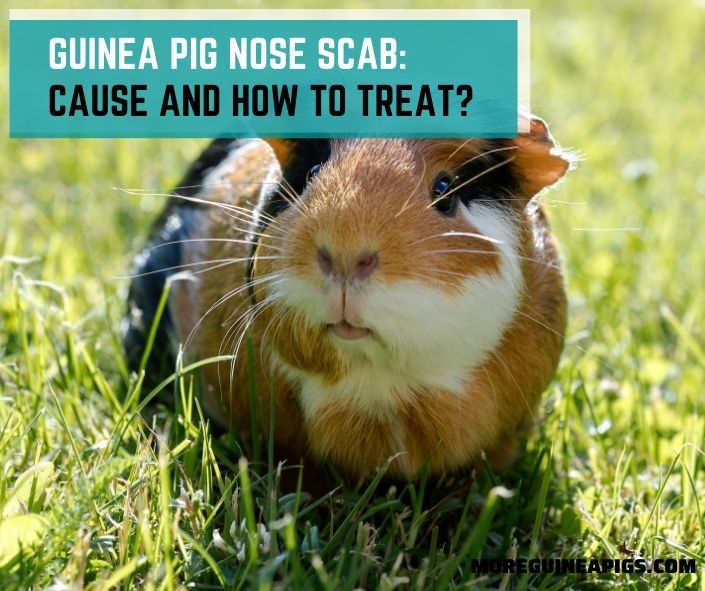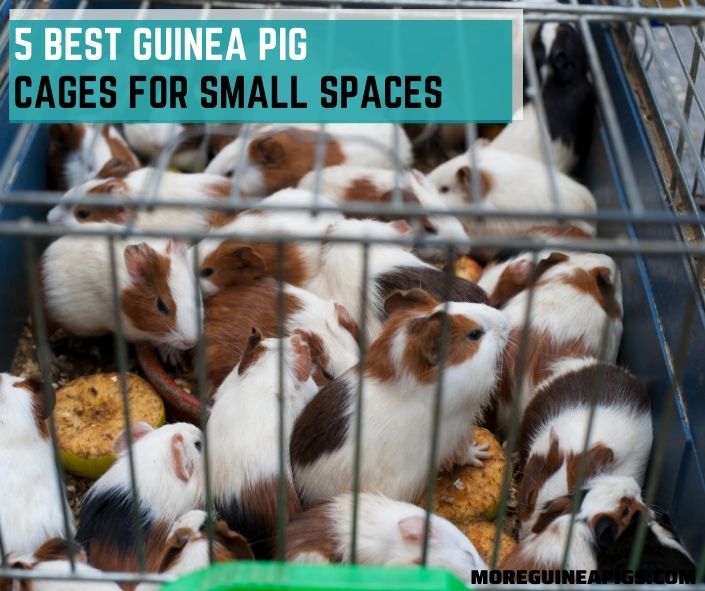Peruvian Guinea Pig: Origin, Appearance and Other Facts
If you are thinking of keeping a guinea pig as a pet, then the Peruvian guinea pig is a great choice. Not only will you love its long and silky coat; everyone in your family will fall in love with its adorable personality.
Not many people know about Peruvian guinea pigs, their origin, appearance, and other facts. They make excellent pets for adults and kids alike but tend to have special grooming needs.
In this guide, you will find a wealth of information about the Peruvian guinea pig, its origin, appearance, temperament, as well as tons of tips for its care and maintenance.
Let us dive straight into it!
Are Peruvian Guinea Pigs Friendly?
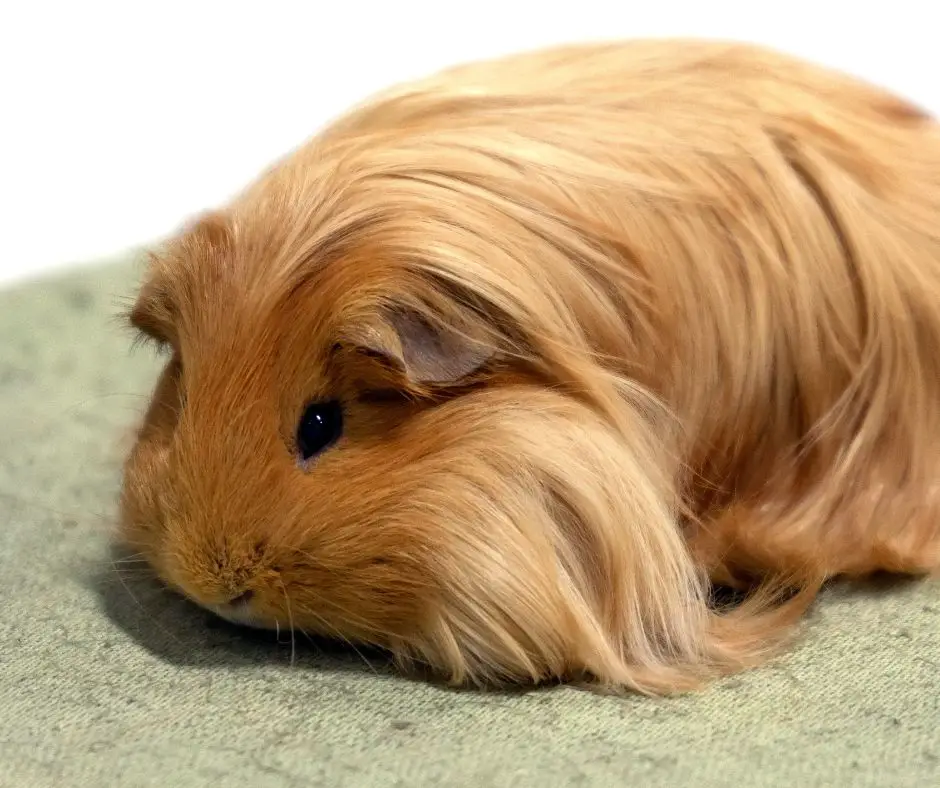
Yes, The salient features of Peruvian guinea pigs are their friendly, loving, and affectionate natures. They are generally gentle creatures without a mean bone in their body.
Having said that, every Peruvian cavy is an individual, and getting to know your pet is part of the fun that comes with cavy ownership. For example, one Peruvian may like being held and stroked behind its ears; another may not. So observe your cavy for a few days to get to know its likes and dislikes better.
Peruvian Guinea Pig: Origin, Appearance and Other Facts
Peruvian guinea pigs originated in South America. They are one of the oldest breeds of guinea pigs with a rich and colorful history.
The most striking feature of the Peruvian cavy is its long, bushy coat. So famous are their Rapunzel-like locks, that they are often kept as show or circus cavies for people to admire!
Their silky hair covers their entire body and, at times, it is impossible to tell where the animal’s head is!

Origin and Appearance
The origin of Peruvian cavies dates back to nearly the 15th Century. As stated before, it may have originated in South America and later traveled to France.
It arrived in the United States nearly 100 years ago and today, both the American Cavy Breeders Association and British Cavy Council recognize the breed.
Size-wise, the Peruvian cavy isn’t too different than other guinea pigs. It weighs between 1 and 3 lb.(0.5 to 1.4 kilograms). A couple of differences do exist between the Peruvian and other guinea pig breeds.
For example, its head is slightly smaller than the other varieties and lengthwise, it is slightly longer – measuring between 10 to 14 inches.
Colors and Coat
Like many other guinea pig breeds, you can find the Peruvian in multiple colors. Prominent colors are black, white, slate grey, bi-colored (cream and white), and tri-color combinations of all these shades.
At birth, Peruvians have a shorter coat but as they grow into adulthood, their long flowing coat starts making an appearance. The coat grows back to front and distinctly parts down the middle into two halves to cascade down their sides. It also has multiple rosettes.
If left untrimmed, their hair can grow up to 20-inches and cover the entire face! Many Peruvians in circuses and shows are allowed to keep their natural length as they look so attractive!
The Peruvian Satin is a variation of the Peruvian guinea pig. All other characteristics remain the same except for the satiny sheen on their coat. Also, the coat grows from back to front from the hips forward and comes with multiple rosettes.
Don’t confuse the Peruvian with other long-haired guinea pigs like the Silkie. The Silkie has a shorter hair length which typically sweeps off its face. In Peruvians, there is a distinct middle parting that you do not see in other long-haired cavy breeds.
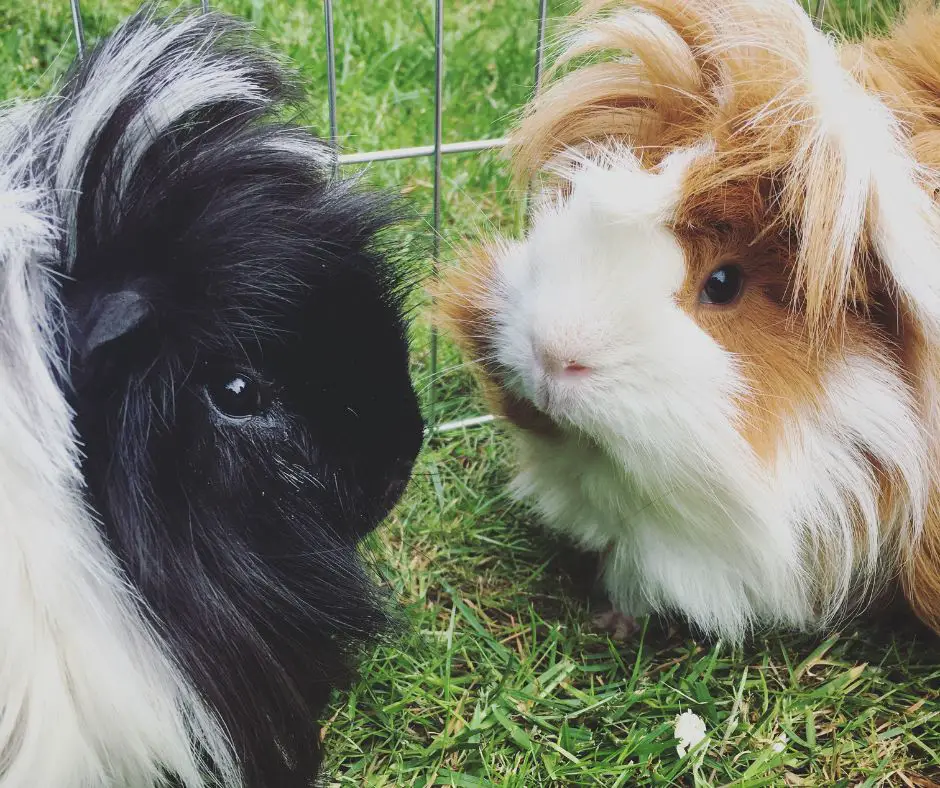
Typical Behavior and Temperament
Like most guinea pigs, the Peruvian has a loving, affectionate personality. It is friendly and mild-mannered and also quite playful.
Peruvians love their humans and will gladly cuddle with their loved ones. If you take the time to get to know your pig, it will reward you with affection and loyalty. They are also naturally curious and intelligent and love to explore their surroundings.
If you’re a first-time cavy owner, this may not be the most suitable pet for you. After all; they have extensive grooming needs and you need to commit to a regular grooming schedule.
Conservation Status
The Peruvian, thankfully, is not endangered. Peruvian Guinea pigs are not on the endangered list thanks to the efforts of ethical breeders.
There are several breeds of guinea pigs that are rare and almost in the ‘red’ when it comes to the endangered animal lists. One of these is the Brazilian Santa Catarina’s guinea pig Cavia intermedia also called the Moleques Du Sol.
Peruvian Guinea Pig Caring
Compared to other guinea pigs, the Peruvian needs special care and grooming. It is very important to establish a regular grooming routine if you want to maintain that silky flowing coat.
You must also pay attention to your tiny pet’s social, physical, emotional, and mental well-being. You can do so by providing safe and clean housing (cage), regular grooming, daily exercise, and a healthy diet.
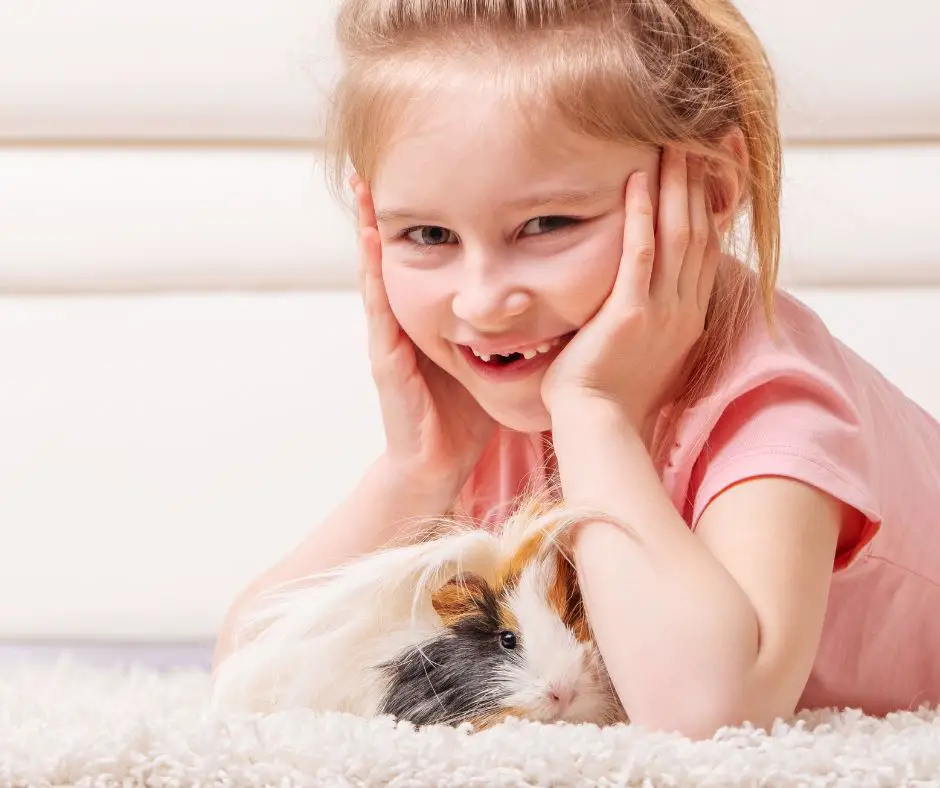
Cage Requirements for Peruvian Guinea Pig
Peruvians, like all piggies, need spacious cages that are clean and hygienic. Make sure they are free from parasites like flies which are known to lay eggs in their gorgeous coats.
Space
If you own just one pig, select a cage that is at least 7 to 8 sq. ft. In case you house two pigs together, then choose a cage that is at least 10 sq. ft or 30 x 50 inches.
Guinea Habitat Guinea Pig Cage by Midwest
Bedding and temperature
You can choose paper, Aspen, wood pellets, fleece, or a mixture of these for your piggie’s bedding. Keep the ambient temperature between 60-75 F (15 to 21 C) for your pet’s optimal comfort.
Kaytee Clean & Cozy Natural Small Animal Pet Bedding 49.2 Liters
Lighting
Never keep your Peruvian’s cage in direct sunlight. If you place it in the basement, then use overhead lamps to provide indirect lighting inside the cage.
Accessories
Peruvians love hammocks to climb and sleep in. Add in a playpen for exercise. Other accessories like hay feeders and hanging bottles are also great for your little pig. Check out our guide on Guinea Pig Setup Step-by-Step
Grooming and Bathing for Peruvian Guinea Pig
Peruvian guinea pigs certainly need more grooming than other cavies.
Invest in a special small brush to gently brush out your pig’s hair. Be very gentle and brush only in the direction of the hair growth. Remove mats, tangles, dried leaves, and other debris. Trim its hair when it gets longer than your pig’s feet.
Don’t forget to use flea/tick prevention medication to deter external parasites. You may also invest in nail clippers to trim your little fur baby’s toenails.
Ware Manufacturing Small Animal Grooming Kit
Food Requirements
Feed your pig a healthy diet of fresh fruits and vegetables. Always keep a fresh supply of grass such as Timothy, Barley grass, or grassy hay available for your pet. Do ensure there is no mold on it.
Fresh leafy greens, cabbage, dark green lettuce and broccoli in small quantities are great for providing roughage and wearing down their sharp teeth.
You can also feed a bit of cooked egg and rice as occasional treats.
Check out the complete guide on What Can Guinea Pigs Eat.
What Health Issues Do Peruvian Guinea Pigs Have?
Peruvians have a lifespan of 12-14 years. With proper care, a healthy diet, and regular exercise, your pet should live a disease-free life.
The most common health issue in Peruvian cavies is flystrike. Flystrike occurs in ungroomed Peruvians when urine and feces along with fly larvae get stuck in their long hair. This can result in bacterial skin infections that could kill a Peruvian. So make sure to groom and clean your pet as well as its surroundings.
They are also prone to diarrhea, dental disease, eye and ear infections, and scurvy. Some Peruvians are known to have died from pneumonia, cysts, and infections. Since guinea pigs are generally very good at hiding illnesses, it’s best to look out for any unusual signs in them.
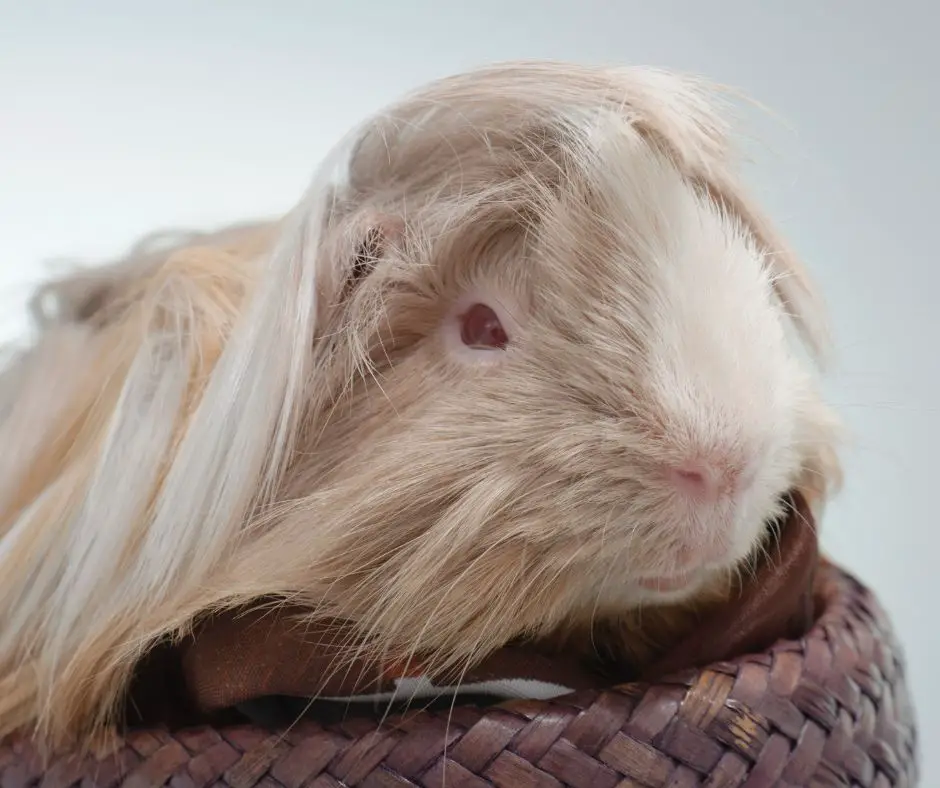
Where Can You Buy a Peruvian Guinea Pig?
The best place to buy a Peruvian guinea pig is from a reputed breeder. You can also check out the ones at PetSmart or PetCo but do make sure they are healthy. Alternatively, try at some rescue or animal shelters nearby to rehome rescued piggies.
How Much is a Peruvian Guinea Pig?
Peruvian guinea pigs typically cost around $30, although reputed breeders may charge more. Certain coat colors are in greater demand and may cost up to $50 to $100. Peruvian Satin guinea pigs typically cost more than the regular coat variety.
Peruvian Guinea Pigs with Other Guinea Pigs
The docile and mild-mannered Peruvian mostly gets along with other guinea pigs. Do desex your pet to prevent unwanted piggies as well as aggression between cavies of the same sex.
Also, If you like long-haired guinea pigs because you are fascinated by their beauty, there are some breeds that have a coat similar to the PeruvianGuinea pig breed. These include the Silkie or Sheltie, Coronet, and Sheba guinea pigs which all have long hair.
Conclusion
The Peruvian Guinea pig is bound to be a great addition to your family. It looks attractive due to its luxurious long-haired coat and is also friendly and affectionate. With proper care and maintenance, it can live for almost a decade.
We hope the above tips help you keep your Peruvian cavy healthy and happy.
